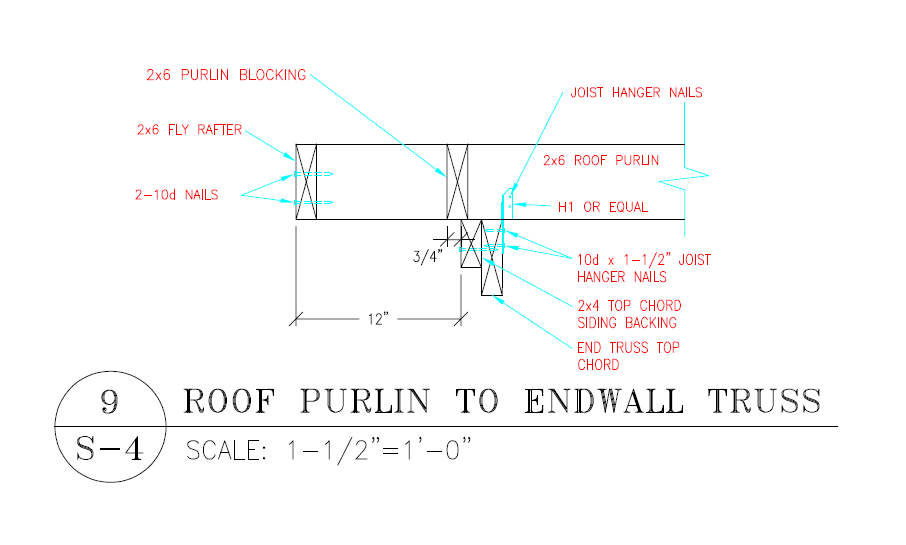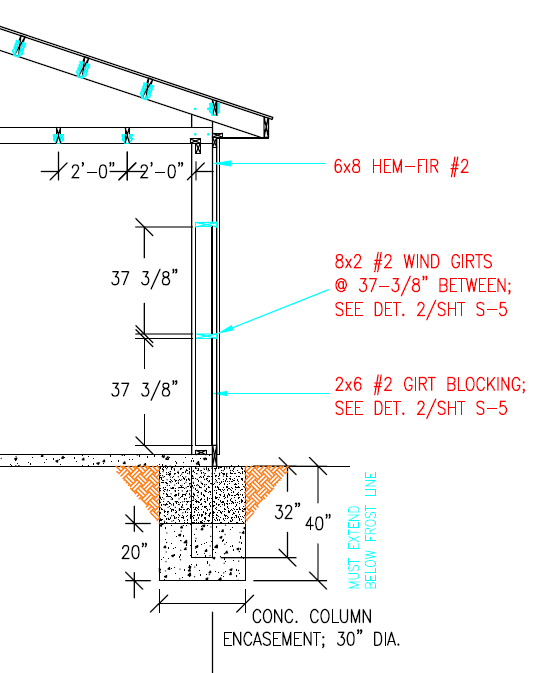Every time I begin to rest on my laurels and think I have covered all post frame (pole barn) building basics up jumps yet another one to bite me where I deserve to be bitten due to my overlooking it.
Our independent drafting team at Hansen Pole Buildings (thanks Kristie) came up with this question recently.
“As we are building our building, a question came up: what is the reason for purlin blocking? Why do we need it? What’s the important purpose for it? We will be doing this step tomorrow and actually considered skipping it (sorry, bad of us I know). Is this all explained in the CM, because I have looked and couldn’t find the why’s. I bet ALOT of people skip this step and just wanted to see why we have it.”
Well, our 500 page Construction Assembly Manual covers lots of “how tos” and very few “whys”. Biggest reason is we would hate to make it into a 700 or 800 page manual. We try to cover it all and continually add to it and improve it, so every time we get a question not covered by it, we add more information. Even though these subjects do not make a dime for Hansen Pole Buildings, we have recently expanded sections on Site Preparation and Concrete Floors. It is all part of us delivering “The Ultimate Post Frame Building Experience™” https://www.hansenpolebuildings.com/2019/05/the-ultimate-post-frame-building-experience-2/
Back on task – I will preface this by letting you readers know Kristie and her husband are currently erecting their own Hansen Pole Building.
There exist two types of purlin blocking:
At endwalls (this is Kristie’s case) – Building Codes require airflow from vented soffit on gables overhangs be blocked off. Ventilation for dead attic spaces must be accomplished by either a combination of eave and ridge vents or by gable vents. Venting through end overhangs will disrupt airflow for a properly ventilated attic space.

Structurally a solid load path must be provided in any building to transfer wind shear loads from roofing to ground. Purlins overhanging an end truss and attaching with a hanger such as a Simpson H-1 do not accomplish this. Brackets will not prevent purlin rotation under extreme loads. Properly placed, endwall overhang soffit panels can be attached to these same blocks, as they serve a plethora of duties.
Purlin blocking can also be “mid-span” – when a 2×10 or larger member (girt, purlin, floor joist, etc.) is 2×10 or greater mid-span blocking is required if a member is unsupported for more than eight feet.
There you have it and if you win on Jeopardy thanks to this, I will work for a percentage.







